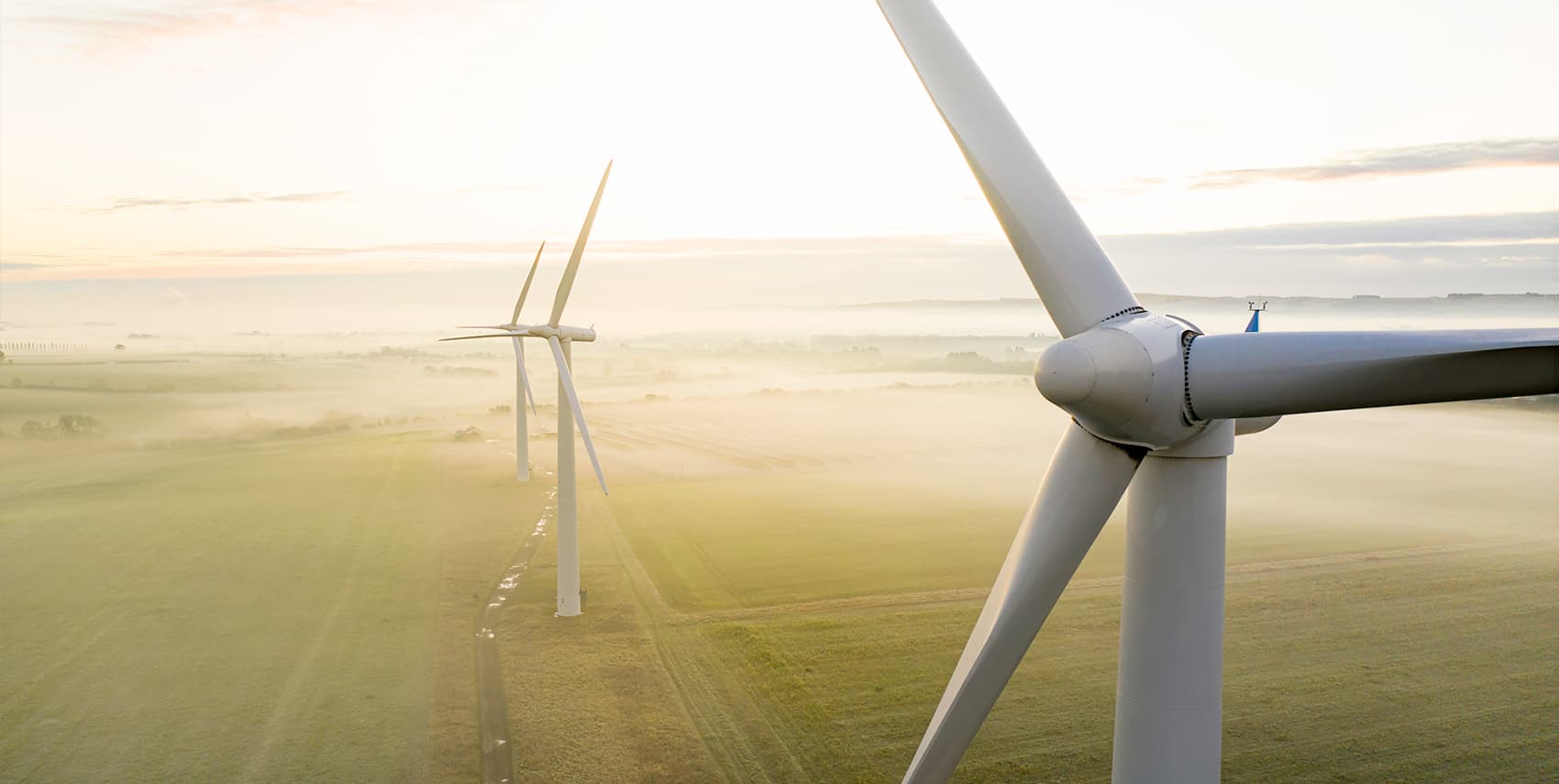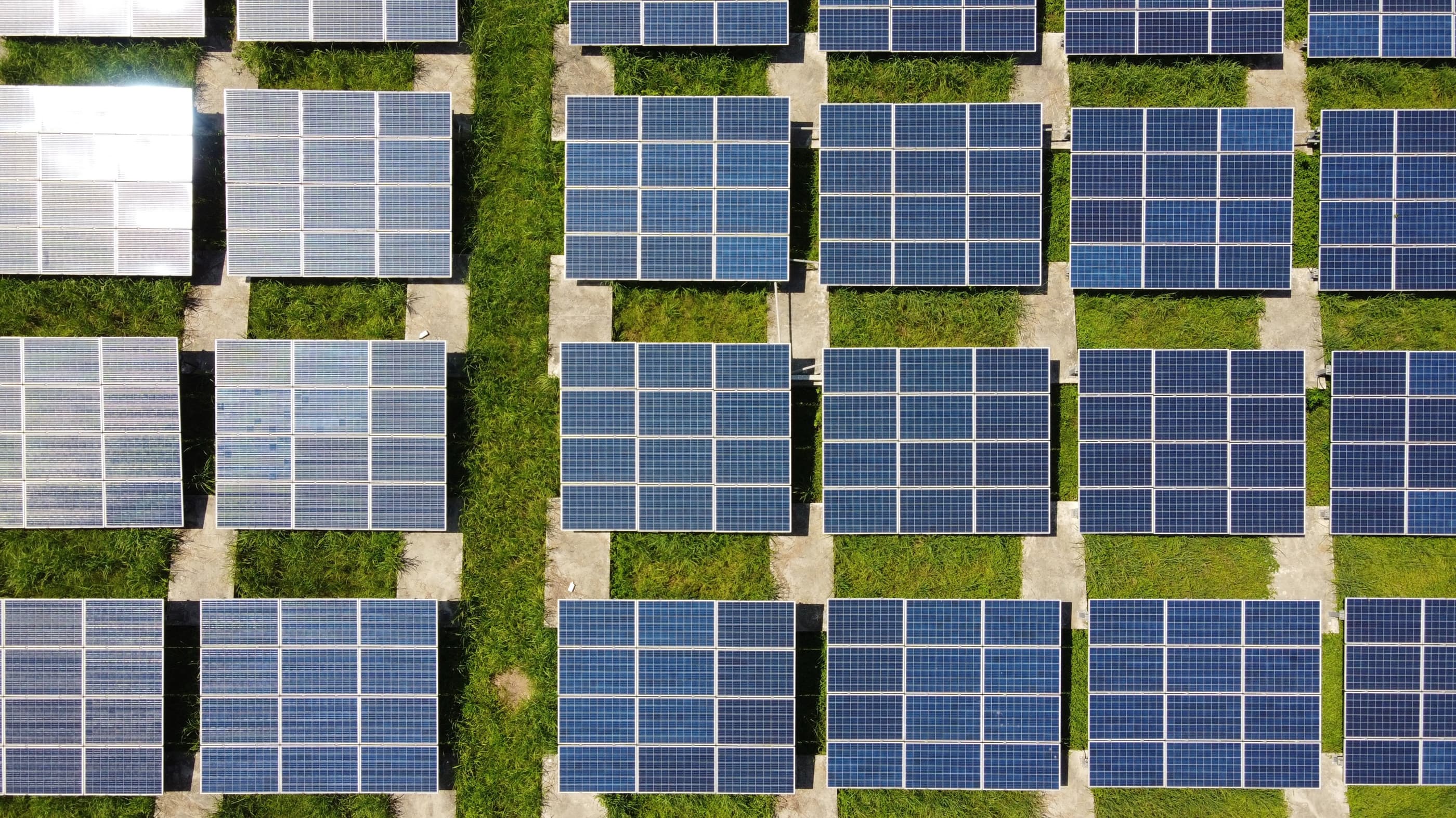Highlights from our Market Expert View Autumn Edition
In late September, we hosted the autumn edition of our Market Expert View webinars, where Volue power market analysts shared their insights on key developments across European energy markets. Topics included the upcoming launch of Flow-Based Market Coupling (FBMC) in the Nordics, risks in the gas market, shifting dynamics in the carbon market, and the impact of record low spot prices across the continent. Here’s a summary of the key highlights from our sessions.
Publicerad
24 sep. 2024

Flow-Based Market Coupling in the Nordics
With increasingly interconnected European energy markets and steadily increasing shares of intermittent renewable energy production, Flow-Based Market Coupling (FBMC) has become the target method for allocating cross-border trading capacities. Introduced for the Central Western European regions almost a decade ago, FBMC has been extended to the CORE domain, which includes the Eastern and Southeastern regions in Europe, in the summer of 2022, and is now set to launch in the Nordics at the end of October 2024.
Anticipating this seminal market change, we have been running simulations with our pan-European short-term price model, SpotEx. The results align closely with those from the External Parallel Run conducted by the Nordic Regional Coordination Center. Both scenarios suggest price spreads in accordance with the spirit of FBMC: we see a price reduction for the more expensive bidding zones while cheaper ones are being lifted. For cheaper regions, an increased net export is observed, and vice versa, indicating a better utilisation of the grid in terms of larger, economically more efficient flows.
Gas markets face risks (as usual)
Dutch TTF day ahead prices have softened from €40/MWh to €35/MWh over the last weeks as risk premiums associated with a sudden stop of Ukraine transit flows and extended Norwegian maintenance has eroded. Fundamentals appear stable with high storage levels across Europe while demand remains subdued. However, supply risks loom, as Ukrainian transit flows are likely to stop after this year, and tensions are rising in the Middle East. With two mild winters behind us, maybe we are in for a cold one this time. We forecast prices this winter to stay close to market futures, but there could be more upside than downside potential due to supply risks and weather.
The carbon market is affected by accelerated renewables growth and weak power consumption
A couple of years ago, we identified that accelerated growth of renewable electricity would be needed to cut power sector emissions. While we see this has definitely materialised, we are also observing weak power consumption; arising from low industry activity and the lack of significant breakthroughs in major carbon abatement technologies like green hydrogen and electric vehicles.
Recently, we have seen steel and chemicals, being the two most important power and carbon intensive sectors, recovering somewhat from very low activity levels. We perceive some optimism has come to these sectors.
Nevertheless, strong auction supply arising from EU lawmakers frontloading allowances to raise cash to renewables, and falling emissions for 2023 and 2024, we consider there is now low probability of seeing a swift return to the highest carbon prices we have seen the last couple of years.
Pan-European continental power market update
Since the beginning of the year, Continental Europe has seen a massive increase in close to 0 (or lower) spot prices for most of the areas. This is largely driven by increased nuclear production, growth in renewables, and a stagnating economy, which has kept industrial consumption low.
Iberia stands out with an astonishing 1000 hours at €1/MWh or below in the first nine months of the year. The very weak spot prices in Spain resulted in major flip of XB exchanges, getting more and more in the direction towards France during February to April. This, together with severe grid maintenance in southeastern France, determined the reductions operated by RTE on the so-called Easter borders: Italy North, Switzerland and Germany (via IVA applied to specific CNEs in the Flow-Based domain).
Summer prices in Central and Southern Eastern Europe and the increase in Ukrainian exports
This summer, Central and Southeastern Europe experienced extreme price disparities compared to the rest of the continent. Key drivers were a severe heatwave, supply tightness from low hydro production in Romania, outages, as well as network constraints. Increased exports to Ukraine, which has lost over 60% of its generation capacity, raised concerns about added stress on European prices. Looking ahead, Ukraine faces a challenging winter and plans to increase import capacity from 1.7 GW to 2 GW.
Looking at Italy, a major electricity dispatch reform will take effect in January 2025, introducing 15-minute market time units and enabling aggregated service provision.
French nuclear ramps up to improve supply margins
After corrosion issues and maintenance setbacks, French nuclear output has continued to recover this year and is on track to reach 355 TWh this year. This, along with strong wind and solar capacity growth over the last months should improve overall supply margins in Central West Europe for the coming winter. On the fuels side, coal-fired power is becoming increasingly profitable compared to gas-fired plants for Q4 2024. However, both clean spark and dark spreads remain in negative territory, signaling lower risk premiums in the power market compared to fuel prices.

